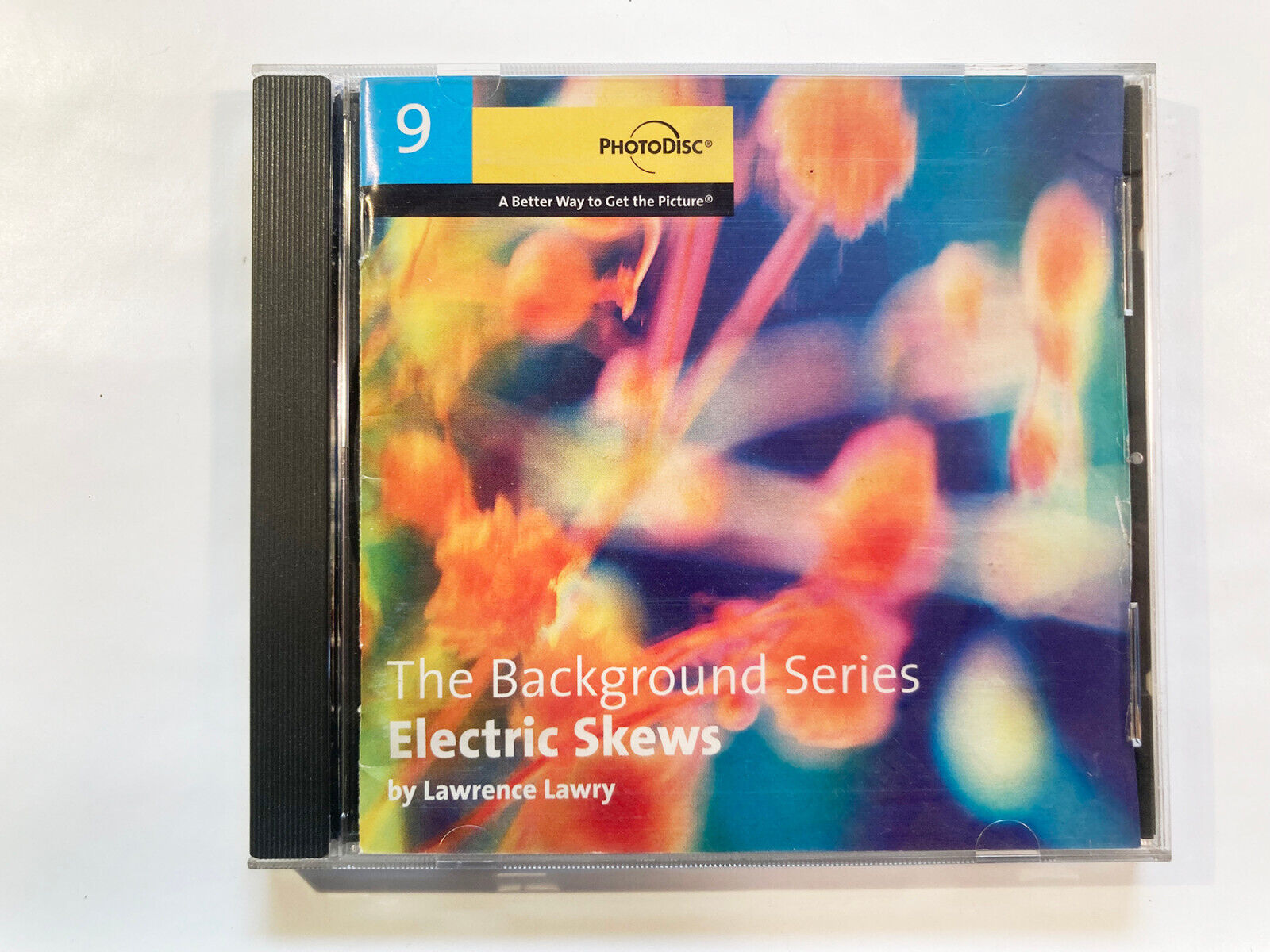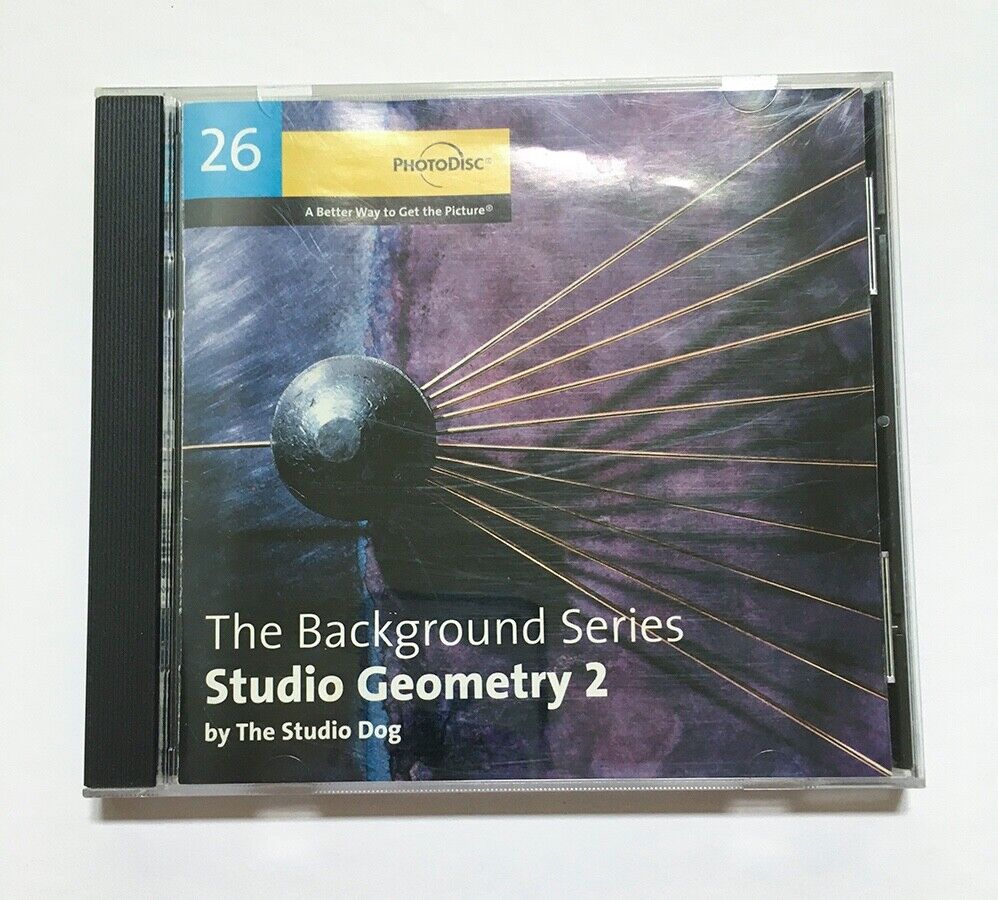-40%
WALL MURAL - Hubble HD Photo-42"x85" - The Eagle Nebula - Archival Matte Print
$ 105.07
- Description
- Size Guide
Description
NASA PHOTO / POSTER / WALL MURALPrinted on Museum Quality Archival Matte Photo Paper
for rich colors and long life
The Eagle Nebula
Print Size: 42" x 85"
About this Image:
Appearing like a winged fairy-tale creature poised on a pedestal, this object is actually a billowing tower of cold gas and dust rising from a stellar nursery called the Eagle Nebula. The soaring tower is 9.5 light-years or about 57 trillion miles high, about twice the distance from our Sun to the next nearest star.
Stars in the Eagle Nebula are born in clouds of cold hydrogen gas that reside in chaotic neighborhoods, where energy from young stars sculpts fantasy-like landscapes in the gas. The tower may be a giant incubator for those newborn stars. A torrent of ultraviolet light from a band of massive, hot, young stars [off the top of the image] is eroding the pillar.
The starlight also is responsible for illuminating the tower's rough surface. Ghostly streamers of gas can be seen boiling off this surface, creating the haze around the structure and highlighting its three-dimensional shape. The column is silhouetted against the background glow of more distant gas.
The edge of the dark hydrogen cloud at the top of the tower is resisting erosion, in a manner similar to that of brush among a field of prairie grass that is being swept up by fire. The fire quickly burns the grass but slows down when it encounters the dense brush. In this celestial case, thick clouds of hydrogen gas and dust have survived longer than their surroundings in the face of a blast of ultraviolet light from the hot, young stars.
Inside the gaseous tower, stars may be forming. Some of those stars may have been created by dense gas collapsing under gravity. Other stars may be forming due to pressure from gas that has been heated by the neighboring hot stars.
The first wave of stars may have started forming before the massive star cluster began venting its scorching light. The star birth may have begun when denser regions of cold gas within the tower started collapsing under their own weight to make stars.
The bumps and fingers of material in the center of the tower are examples of these stellar birthing areas. These regions may look small but they are roughly the size of our solar system. The fledgling stars continued to grow as they fed off the surrounding gas cloud. They abruptly stopped growing when light from the star cluster uncovered their gaseous cradles, separating them from their gas supply.
Ironically, the young cluster's intense starlight may be inducing star formation in some regions of the tower. Examples can be seen in the large, glowing clumps and finger-shaped protrusions at the top of the structure. The stars may be heating the gas at the top of the tower and creating a shock front, as seen by the bright rim of material tracing the edge of the nebula at top, left. As the heated gas expands, it acts like a battering ram, pushing against the darker cold gas. The intense pressure compresses the gas, making it easier for stars to form. This scenario may continue as the shock front moves slowly down the tower.
The dominant colors in the image were produced by gas energized by the star cluster's powerful ultraviolet light. The blue color at the top is from glowing oxygen. The red color in the lower region is from glowing hydrogen. The Eagle Nebula image was taken in November 2004 with the Advanced Camera for Surveys aboard NASA's Hubble Space Telescope.
Credit:
NASA, ESA, and The Hubble Heritage Team (STScI/AURA)
Object Names:
Eagle Nebula, M16, NGC 6611, IC 4703
Image Type:
Astronomical
About the Object
Object Name:
Eagle Nebula, M16, NGC 6611, IC 4703
Object Description:
Gaseous Nebula in Open Cluster
Position (J2000):
R.A. 18h 18m 51.06s
Dec. -13° 49' 51.11"
Constellation:
Serpens
Distance:
About 6,500 light-years (2,000 parsecs)
Dimensions:
This image is 3.2 arcminutes (6 light-years or 1.9 parsecs) wide.
About the Data
Data Description:
The Hubble image was created from HST data from proposal 10393: K. Noll, H. Bond, C. Christian, L. Frattare, F. Hamilton, Z. Levay, M. Mutchler, and T. Royle (The Hubble Heritage Team, STScI).
Instrument:
ACS/WFC
Exposure Date(s):
November 4 - 7, 2004
Exposure Time:
3.4 hours
Filters:
F435W (
B
), F555W (
V
), F502N ([O III]), F658N (Halpha + [N II]), F814W (
I
)
About the Image
Image Credit:
NASA, ESA, and The Hubble Heritage Team (STScI/AURA)
Release Date:
April 25, 2005
Orientation:
About this item
Please note your bidding on a
single large size print
of the image at the top of this advertisement.
The orientation image is provided in this advertisement for your educational reference.
The print we send you will not have these technical marks.
This print will come delivered to you on a single sheet. This is not something you have to piece together. It is a single print. If you require the image to be divided into equal smaller panels please let us know.
Shipping, Payment & Turnaround Time
Most jobs are complete within 2 business days. Please keep in mind we print these to order and we like to allow 24 hours for the print to properly dry. However, the buyer should allow for 3-5 days for the print to be completed (Not including shipping time). Payment is due upon bid completion. Once finished, we ship your print, properly rolled and wrapped, in a sturdy mailing tube by either USPS Priority Mail or Fedex unless otherwise requested. The quoted shipping fee is for this shipping method.
Printed in the USA
This advertisement is Copyright 2008 by Xentrex LTD. All trademarks and logos and brands used in this advertisement are the property of their respective owners. The technical and educational information about the printed image that is offered in this advertisement is provided by NASA, ESA, and The Hubble Heritage Team (STScI/AURA). Actual credits for the image are listed above. We are not affiliated with nor endorsed by any of these institutions.









